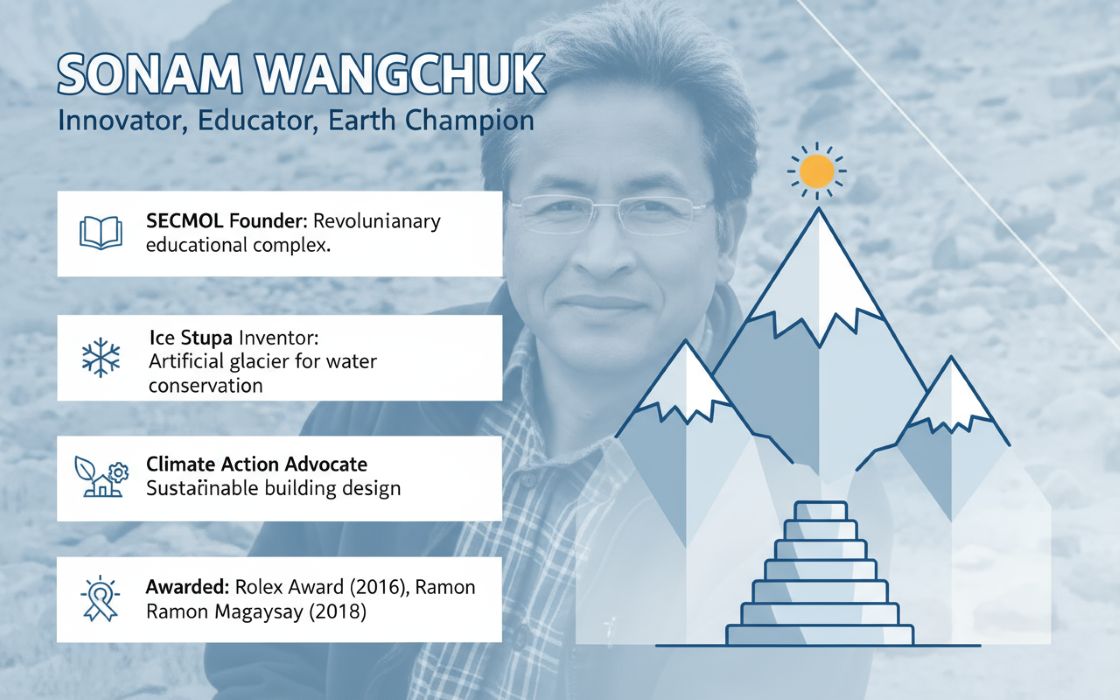Earlier this year, the Nambiar Group launched the i2B (Idea to Bharat) initiative, a platform created to ensure that student innovations do not remain confined to paper but are translated into real-world solutions. Moving beyond the traditional model of recognition and awards, i2B is built around execution; providing mentorship, strategy, and industry or policy linkages to help young innovators take their ideas to market and impact society meaningfully.
With India’s youth forming the backbone of its demographic dividend, the need for such an approach is pressing. i2B seeks to democratize access to innovation by reaching students not only in urban centres but also across rural and regional communities, creating an ecosystem where every idea has the potential to grow into a working solution.
In this interview, TheCSRUniverse speaks with Mr. Ayush Nambiar, Managing Director, Nambiar Group, about the inspiration behind i2B, how it differentiates itself in India’s innovation landscape, and its vision for nurturing a generation of problem-solvers who can shape the future of Indian innovation.
Read the full interview below.
Q&A
Q. i2B comes at a time when India is actively nurturing its demographic dividend. What specific gaps in the youth innovation and incubation ecosystem did you identify that led you to conceptualize this initiative?
A. At the summit in Agra on 15th August 2025, I saw 14,000 pages of printed research from 700 students, and honestly, I saw it all going to waste. One hundred percent waste. Brilliant ideas, yes, but no roadmap. The jury was busy with formats instead of content, and I kept asking myself: what next?
Because research without execution, and execution without research, is meaningless. That’s when it struck me, this country is overflowing with vision, but we’re letting it die on paper. That was the birth of i2B in my mind.
On Janmashtami, 16th August 2025, I announced: If you have a deserving idea with the potential to solve real problems, reach out to me. Let’s build an action plan. And just 72 hours later, we launched i2B with the support of Shri Mansukh Mandaviya, our Union Minister for Youth Affairs, Sports, Labour, and Employment.
Since then, we’ve already begun reaching thousands of students. And let me be clear, we don’t want equity, we don’t want stakes. What we want is to bridge that painful gap between a helpless idea and a working reality, covering go-to-market strategy, monetisation, investment handholding, and even government pitching.
I see myself in the role of Krishna, a guide. The students are the Arjunas, warriors with their ideas. And i2B becomes the rath, the chariot powered by a mission and vision of execution, taking them to the battlefield of businesses and real-world challenges.
For me, i2B is not a business. It’s a mission. A Mission 2047 commitment to make sure India’s youth don’t just dream, but deliver.
Q. How does i2B differentiate itself from other innovation and incubation platforms, and what mechanisms will you put in place to ensure that student projects move beyond recognition to become viable, on-the-ground solutions?
A. The biggest difference with i2B is this, we are not a trophy-giving platform. Recognition is nice, but it doesn’t change the world. Too many incubation programs stop at applause, certificates, or a token cheque. i2B goes beyond that.
We are creating an end-to-end execution ecosystem. When a student comes to us with an idea, we don’t just pat them on the back, we sit with them, we work out the go-to-market strategy, monetisation plan, investor readiness, government linkages, and scalability model. We don’t leave them hanging with a dream; we walk with them until it becomes reality.
And remember my metaphor: the student is Arjuna with the idea, I step in as Krishna the guide, and i2B becomes the rath, the vehicle that actually takes the idea into the battlefield of businesses, policies, and society. That’s the core difference: we’re not building a stage for applause; we’re building a highway for execution.
Our mechanisms are very clear, structured mentorship, curated partnerships with industry, corporate and government backing, and a handholding approach till the point of market or policy adoption. If an idea has the spark, we will give it the oxygen to burn bright.
Q. Among focus areas like sustainability, healthcare, digital economy, education, and rural development, which do you expect will generate the most transformative ideas from students? And how will you ensure these opportunities also reach rural, regional, and marginalized communities, not just the urban privileged?
A. If I’m honest, I don’t think one sector alone will define transformation. Every sector is waiting for disruption. Sustainability, healthcare, education, digital economy, rural development, each of these is a battlefield where ideas can create real change.
But let me tell you where I see the sharpest sparks: healthcare and sustainability. Because these touch every life, every family, every village. And when a student innovates in these spaces, the impact is immediate, visible, and scalable.
Now, the second part of your question is more important, how do we ensure this doesn’t stay an “urban club”? That’s where i2B is very deliberate. We are not just working with big-city schools and privileged kids. We are taking this mission to Tier-2, Tier-3, and rural belts, because innovation doesn’t have a postal code. A child in a government school in Bihar or a small town in Kerala can have an idea as powerful as a student in Delhi or Mumbai.
We’re creating regional outreach programs, vernacular engagement, and partnerships with rural educators and NGOs to make sure talent from marginalized and regional communities comes into the i2B fold. Our mentors, too, will not just be English-speaking boardroom experts, but people who can connect with students in their own context and language.
At the end of the day, i2B is not about building ivory towers of innovation. It is about creating a Jan Andolan of ideas, from villages to metros, so that when India moves to 2047, no community feels left behind.
Q. What role do schools and educators play in i2B’s success, and how are you engaging them? Beyond this, what partnerships—with government, corporates, or civil society—are key to scaling the initiative nationally and keeping it relevant across contexts?
A. Schools and educators are the frontline soldiers of i2B. They are the ones who can spot the spark early, encourage it, and channel it. If an idea is a seed, then teachers are the first gardeners. Without their support, students either don’t dare to dream big or they abandon their ideas midway.
That’s why our first outreach is always to schools. We are running orientation sessions with principals, teachers, and school managements to help them see themselves not just as educators, but as incubators of change. We’re building toolkits, creating mentor-connect platforms, and making sure teachers get the recognition they deserve as enablers of innovation.
But for i2B to grow nationally, schools alone won’t be enough. This has to be a coalition of strength:
- Government support to align with national priorities like Atmanirbhar Bharat, Digital India, and Viksit Bharat 2047.
- Corporate partnerships through CSR and innovation labs, where student ideas can find funding, mentorship, and market access.
- Civil society and NGOs to reach deep into rural and marginalized communities, ensuring inclusivity.
And here’s the larger vision, India cannot aspire to become a Vishwa Guru if our schools and young innovators are left behind. If we truly want to lead the world with ideas, India must first nurture its classrooms as mini-incubation labs of the future. i2B is the bridge that takes a local schoolchild’s idea and gives it the wings to fly nationally, and one day, globally.
Think of it this way: students are Arjunas, teachers are the first guides, and then corporates, government, and civil society join hands to become the larger ecosystem, the battlefield allies, that help these young warriors succeed.
For me, scaling i2B is not about building a central empire; it’s about creating a distributed network of enablers across the nation so that every child, urban or rural, feels their idea can become a reality. Only then can India claim its rightful place as the Vishwa Guru of innovation.
Q. Can you share what success will look like for you in the first year of i2B? What kind of impact or milestones are you aiming for?
A. For me, success in the first year of i2B is not about big, flashy numbers, it’s about proving that the model works. If students can see their ideas come alive outside the classroom, that’s the real victory.
Our mission for year one is very clear: to empower at least 50 student ideas. Not just recognize them, but actually take them from paper to pilot, from research to execution. That means building action plans, connecting them with mentors, creating prototypes, and handholding them into real-world testing.
If 50 ideas can walk out of schools and begin solving problems in healthcare, sustainability, education, digital economy, or rural development, that will send out a powerful message: India’s youth are not just thinkers, they are doers.
We are already reaching thousands of students across schools in different states, and the milestone I’m chasing is to showcase these 50 success stories as living proof that i2B works. Once we establish that credibility, scaling to hundreds and thousands will follow naturally.
For me, year one is about planting the flag of execution. If we can empower 50 ideas in 12 months, we will have created a template that can guide lakhs in the coming decade.
Q. What role does mentorship play in i2B, and how are you curating mentors who can inspire and guide students across diverse fields?
A. Mentorship is the soul of i2B. An idea in the hands of a student is raw energy, it needs the right guide to shape it, refine it, and show the path forward. That’s where mentors come in.
We are very clear: i2B is not a platform where a big name drops in for a photo-op and leaves. Our mentors are being curated with one goal, to stay with the student till the idea breathes life. Whether it’s an engineer, a doctor, a policymaker, or an entrepreneur, each mentor must bring two things: domain expertise and the patience to handhold.
I often say the student is Arjuna, and i2B provides the rath, but the mentor is the one who ensures Arjuna’s arrow hits the target. They give confidence, direction, and reality checks. Without them, execution will collapse.
We are building a multi-layered mentorship pool, industry leaders, start-up founders, academicians, retired civil servants, and even grassroots change-makers. Because inspiration can come from a CEO in a boardroom or a teacher in a village school. What matters is that the student sees someone who has walked the path and is willing to walk a few steps with them.
And this ties back to our first-year mission: those 50 empowered ideas will only succeed if their mentors are deeply invested. That’s why curation is critical, we don’t want figureheads, we want fighters who believe in the student’s dream as much as the student does.
Q. How will you measure the real-world impact of the ideas that emerge from i2B, and what mechanisms will you adopt to ensure successful projects don’t remain pilots but grow—perhaps even evolving into full-fledged social enterprises or policy innovations with support from Nambiar Group and CCS Bharat?
A. Impact for me is very clear, an idea is only successful when it steps out of the classroom and starts solving a real problem for real people. If a healthcare solution reaches a village clinic, if a sustainability model reduces waste in a community, if an education tool improves a government school, that’s impact. That’s what we measure.
Now, most platforms stop at pilots. i2B will not. With the Nambiar Group and CCS Bharat, we are putting in place the ecosystem that takes an idea from pilot to growth. This is where my own strength comes in, Ayush Nambiar’s experience in market strategies, corporate networks, and political circles. We are using these strengths as a bridge for students:
- Execution support — refining prototypes into real solutions.
- Market linkages — connecting ideas with industries, investors, and buyers.
- Policy advocacy — leveraging political networks to push good ideas into government adoption.
- Investor confidence — handholding students through fundraising, while keeping i2B stake-free.
We want to ensure that ideas don’t die after one showcase. Some will grow into startups, some into social enterprises, and some into policy models. But in every case, we will be there to make sure the project doesn’t just get applause, it gets a future.
And remember, impact is not always about crores of revenue. Even if one solution transforms life in one village, that’s the proof point that it works. That ripple can then be scaled nationally and even globally.
The real success will be when we look back at the first 50 i2B ideas and say: “These are no longer student projects. These are living solutions, powered by India’s youth, and carried forward by the strength of India’s ecosystem.”
Q. How do you see i2B aligning with India’s national priorities, such as Atmanirbhar Bharat, Digital India, or the push toward sustainability and social innovation?
A. For me, i2B is not just aligned with India’s national priorities, it is an engine to take them to the global stage.
Yes, Atmanirbhar Bharat is about self-reliance, and Digital India is about technology-driven inclusion. But I believe true prosperity is when India doesn’t just meet its own needs, but also becomes a creator of global solutions. We have always been a nation of ideas—we gave the world mathematics, Ayurveda, yoga, and in modern times, IT and space breakthroughs. The next leap is for India’s youth to drive the world’s next wave of innovation.
That’s why i2B is designed to be more than an incubation platform. It is about creating circles of empowerment across India—in schools, rural belts, cities, and institutions—where young people can invent, innovate, and take their ideas global. When a student in Bihar creates a low-cost healthcare model, or a student in Kerala designs a sustainability tool, we don’t just see it as a local solution; we see it as a prototype for the world.
Through my networks, market strategies, corporate linkages, and political circles, we are ensuring these ideas connect not only to Indian ministries and corporates, but also to international platforms. Because India cannot become Viksit Bharat 2047 unless it also embraces the role of a Vishwa Guru in innovation.
Q. India’s development challenges are vast, but many resonate globally. Do you see i2B as not only advancing the vision of Viksit Bharat 2047 but also producing solutions with international relevance?
A. India’s problems are unique in scale, but not unique in kind. Issues like healthcare access, sustainable energy, waste management, and rural development resonate across Asia, Africa, and even parts of the developed world. That’s why I see i2B not just as a mission for Viksit Bharat 2047, but as a platform that can produce solutions with global relevance.
For me, Viksit Bharat means making India an empowered, independent state that is not just self-reliant, but one that pulls the world forward, taking leaps in every space, from technology and sustainability to healthcare and education.
The beauty of India is that if an idea works here, amidst our diversity, scale, and complexity, it can work anywhere. A low-cost medical device tested in a village in India could save lives in Africa. A sustainability model from a Tier-2 town could be adopted in Latin America. This is how India transitions from being a consumer of global innovation to being a contributor of global innovation.
That’s why I often say: Atmanirbhar Bharat is step one, but becoming a Vishwa Guru of innovation is the destination.
Through i2B, we are building international bridges, connecting students’ ideas not just to Indian corporates and ministries, but also to global investors, CSR networks, and policy think tanks. With the Nambiar Group’s strength in market strategies, corporate networks, and political circles, we can position youth-led innovations on platforms where the world is watching.
So yes, i2B will help build Viksit Bharat, but it will also help brand India as the innovation capital of the 21st century.
Q. What role do you see technology playing in expanding the reach and impact of i2B, particularly in bridging geographic and social divides?
A. India’s problems are unique in scale, but not unique in kind. Issues like healthcare access, sustainable energy, waste management, and rural development resonate across Asia, Africa, and even parts of the developed world. That’s why I see i2B not just as a mission for Viksit Bharat 2047, but as a platform that can produce solutions with global relevance.
For me, Viksit Bharat means making India an empowered, independent state that is not just self-reliant, but one that pulls the world forward, taking leaps in every space, from technology and sustainability to healthcare and education.
The beauty of India is that if an idea works here, amidst our diversity, scale, and complexity, it can work anywhere. A low-cost medical device tested in a village in India could save lives in Africa. A sustainability model from a Tier-2 town could be adopted in Latin America. This is how India transitions from being a consumer of global innovation to being a contributor of global innovation.
That’s why I often say: Atmanirbhar Bharat is step one, but becoming a Vishwa Guru of innovation is the destination.
Through i2B, we are building international bridges, connecting students’ ideas not just to Indian corporates and ministries, but also to global investors, CSR networks, and policy think tanks. With the Nambiar Group’s strength in market strategies, corporate networks, and political circles, we can position youth-led innovations on platforms where the world is watching.
So yes, i2B will help build Viksit Bharat, but it will also help brand India as the innovation capital of the 21st century.
Q. What do you see as the biggest challenges in fostering a culture of innovation among school students, and how does i2B plan to address them?
A. The biggest challenge is not lack of ideas, it’s the mindset around ideas. In most schools, innovation is treated as a side activity, something for an exhibition or competition. Students are taught to focus on marks, not on problem-solving. That kills curiosity before it can grow.
Another challenge is fear of failure. Children are brilliant risk-takers by nature, but somewhere between classrooms and report cards, we train them to believe failure is shameful. That’s dangerous, because innovation only thrives when failure is seen as a stepping stone, not a dead end.
Then comes the issue of access. A student in an elite urban school might have labs, mentors, and exposure, but a student in a rural school may not even know where to begin. That imbalance creates an unfair divide in who gets to innovate.
i2B is tackling these challenges head-on:
- Mindset shift — we are working with schools and teachers to put innovation at the core, not as an extracurricular add-on.
- Failure as learning — we are celebrating attempts, not just successes, so students learn resilience.
- Equal access — through tech platforms, regional outreach, and partnerships, we are making sure students from small towns and rural belts have the same entry points as those in metros.
For me, fostering innovation in schools is about creating a culture where students feel free to question, experiment, and fall without fear. Because only when they feel free to stumble will they learn to stand tall as innovators.
Q. What is your long-term vision for i2B? How do you see it shaping the future of India’s innovation landscape over the next decade?
A. My long-term vision for i2B is very simple: I want it to be remembered as the turning point when Indian classrooms became the launchpads of Indian innovation.
Over the next decade, I see i2B growing into a national movement, not just a program. A platform where every school in India, urban or rural, privileged or marginalized, knows that their students’ ideas have a destination, a pathway, and a future.
By 2035, I want to see thousands of student-led ideas transformed into working enterprises, social ventures, and even policy models. Imagine a healthcare device born in a school lab saving lives in rural clinics, or a sustainability idea from a Tier-3 town influencing global climate strategy. That’s the landscape I want to shape.
And for me, i2B is not about chasing unicorns, it’s about creating a culture of everyday innovation. If every student grows up believing they can invent, problem-solve, and execute, then India will not only achieve Viksit Bharat 2047, but also stand as a Vishwa Guru of innovation, leading the world forward with ideas.
So, in the long run, i2B is not my initiative, it’s India’s movement. And I see it writing a new chapter where our demographic dividend turns into an innovation dividend for the nation and the world.



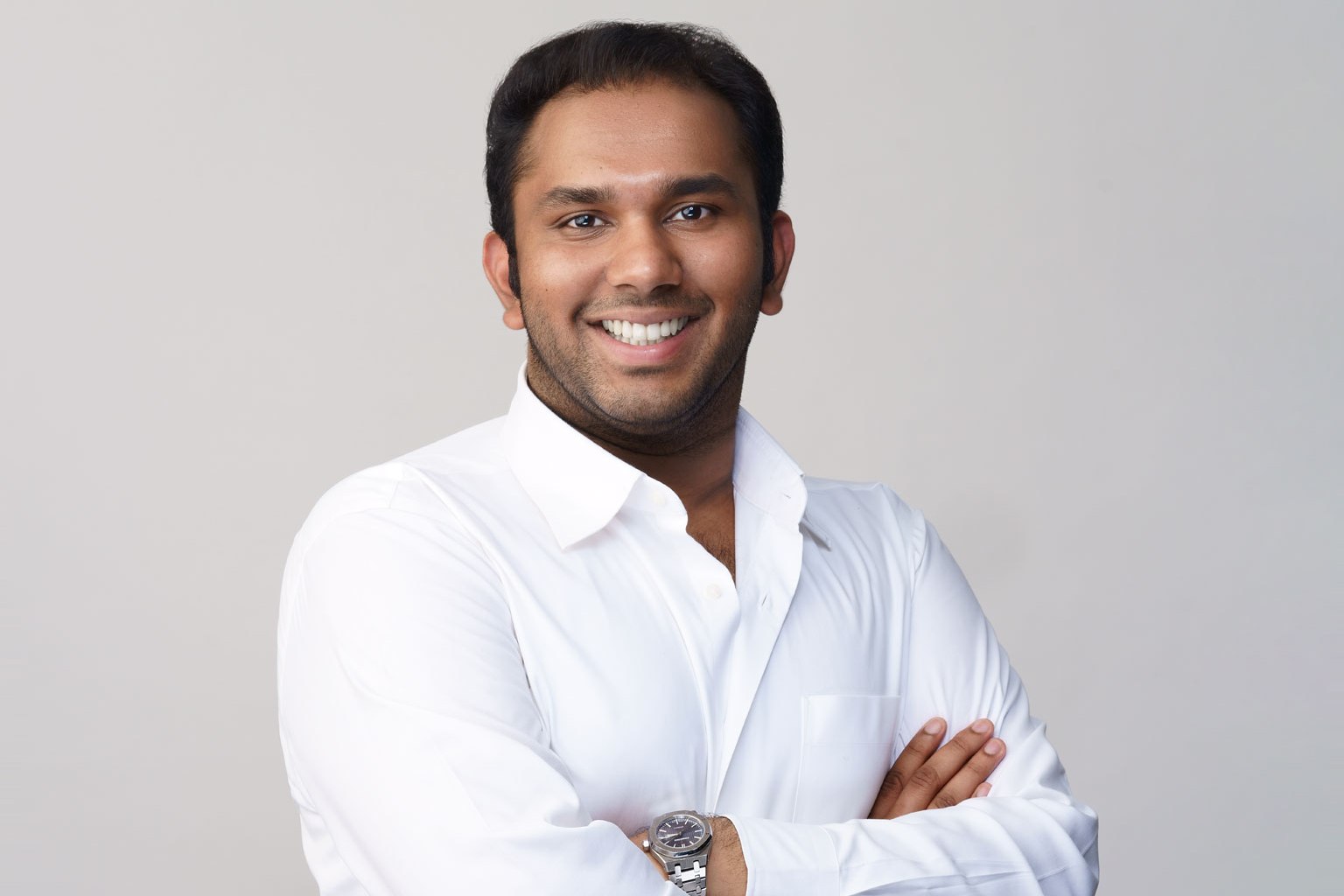
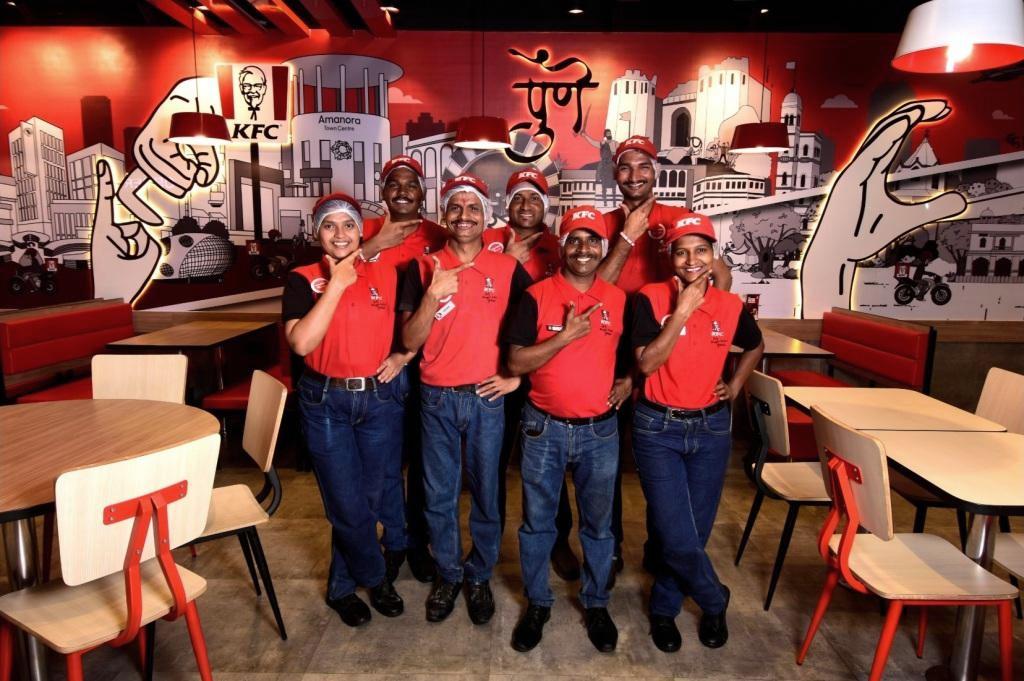

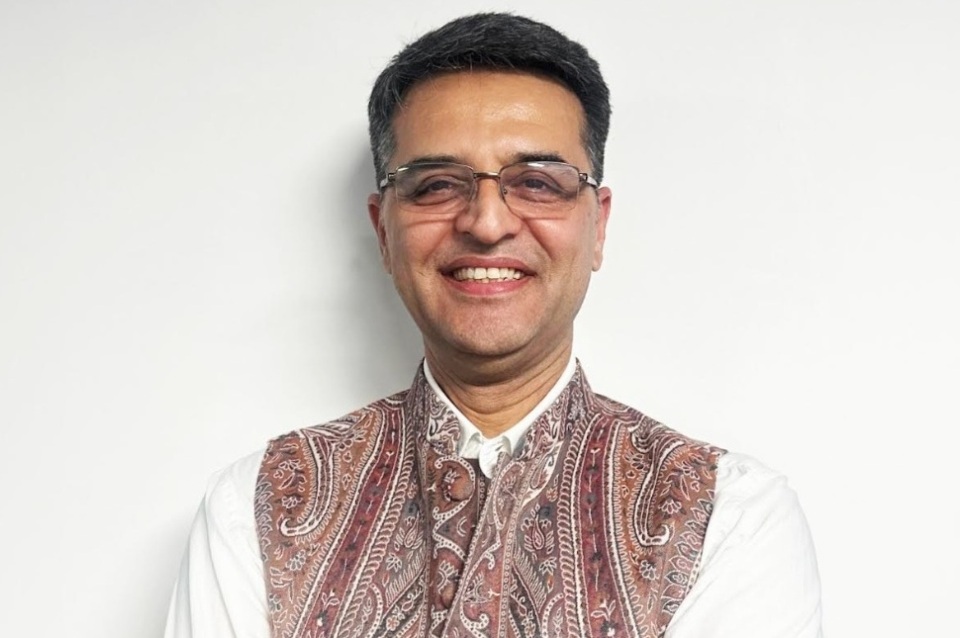
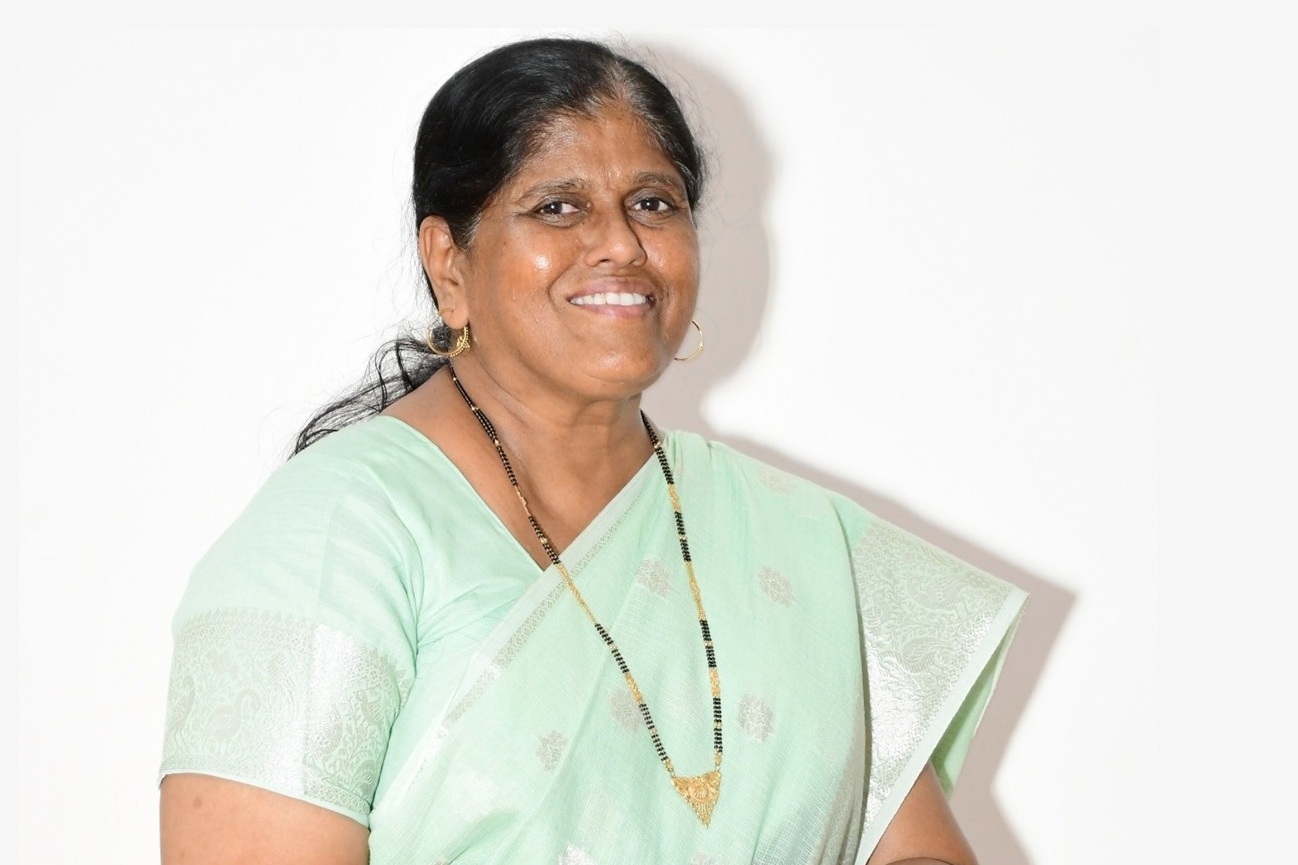


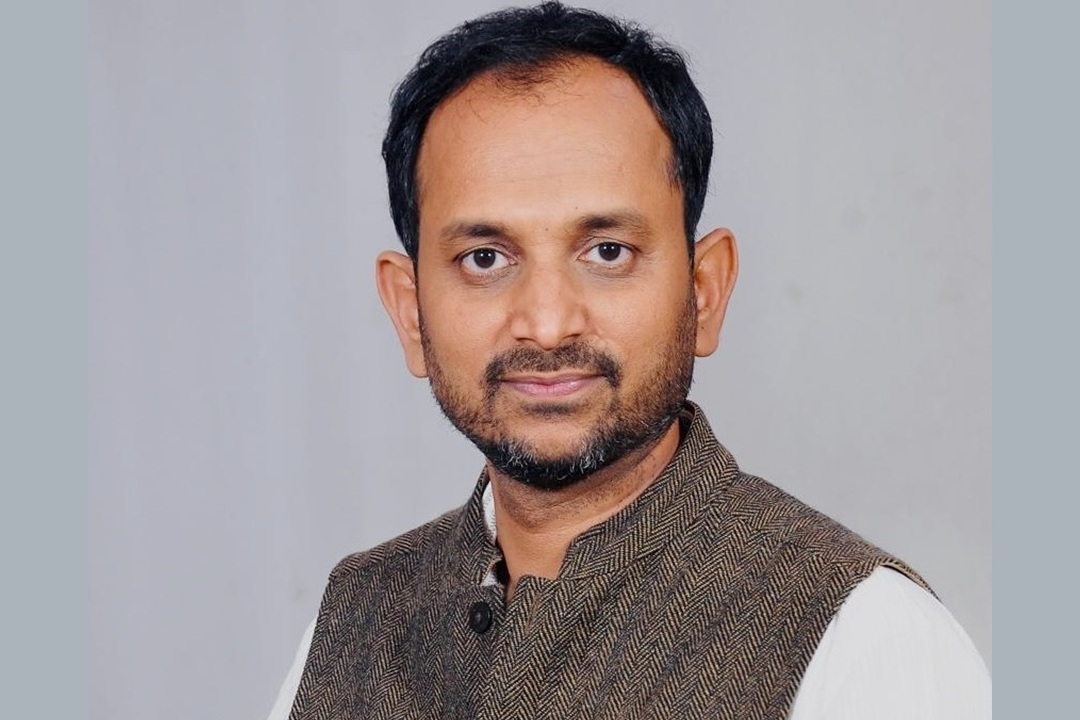
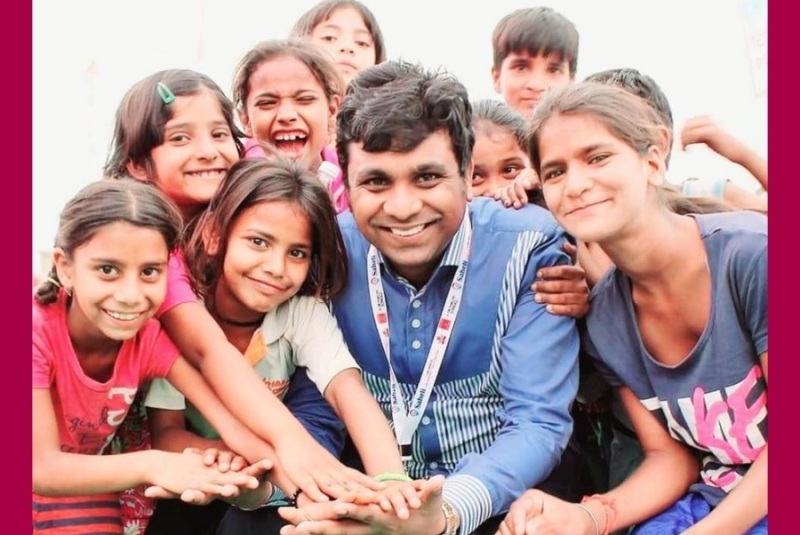
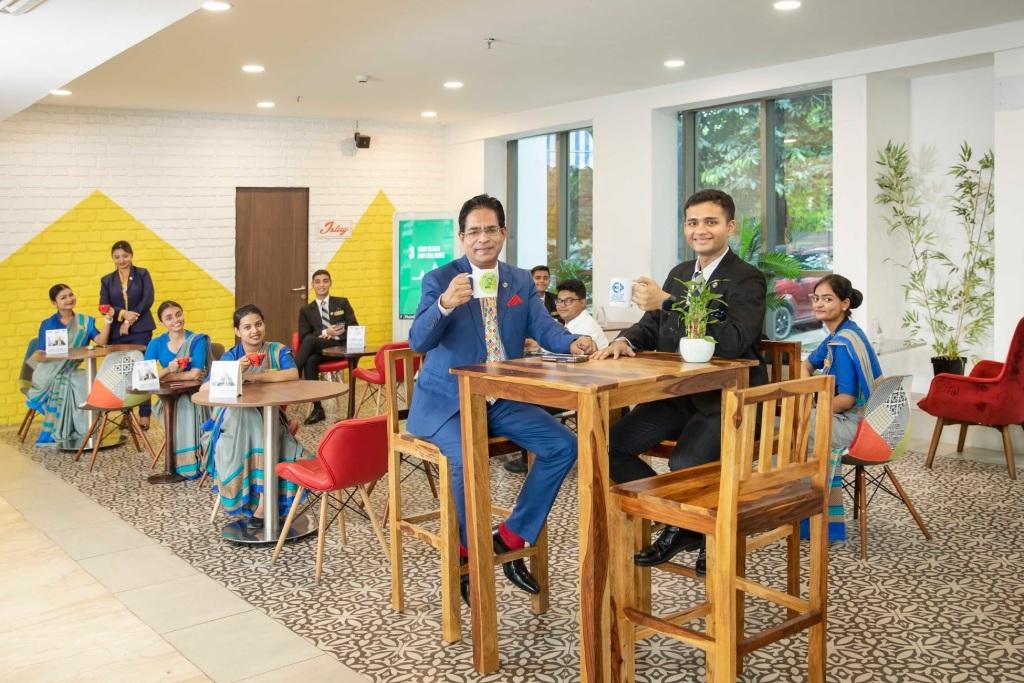
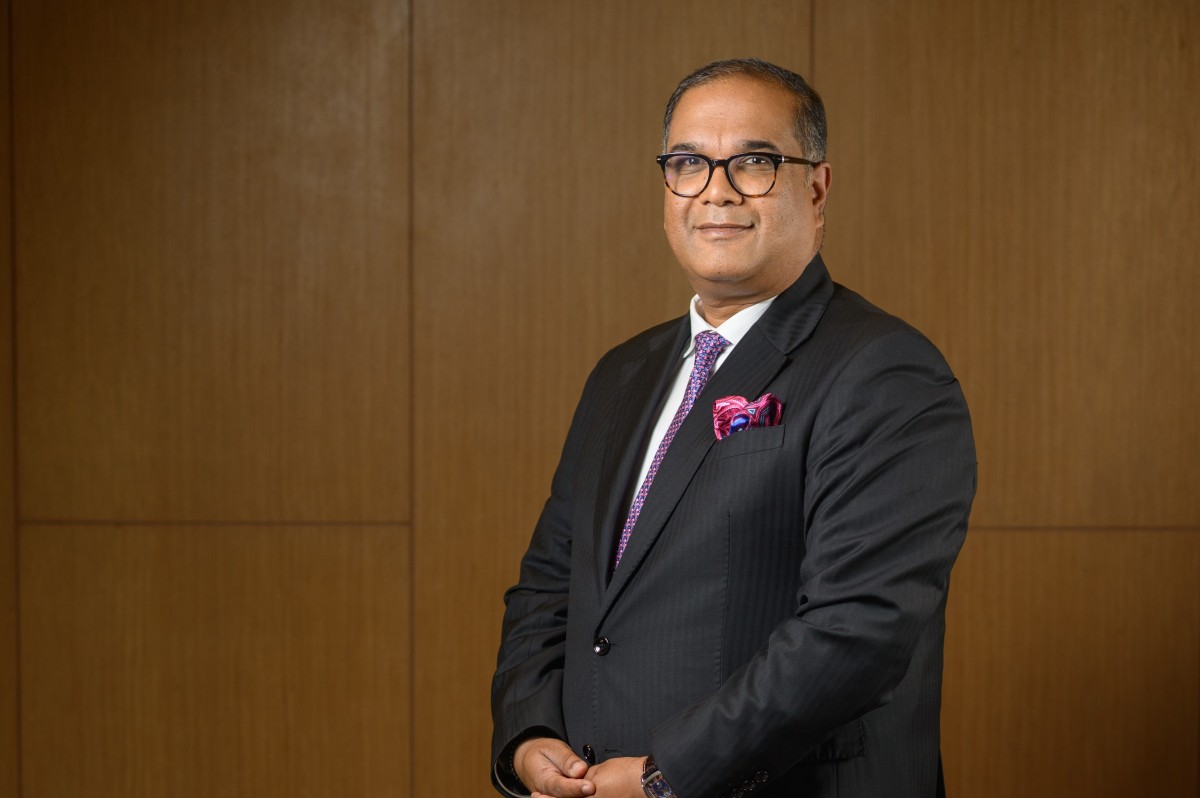
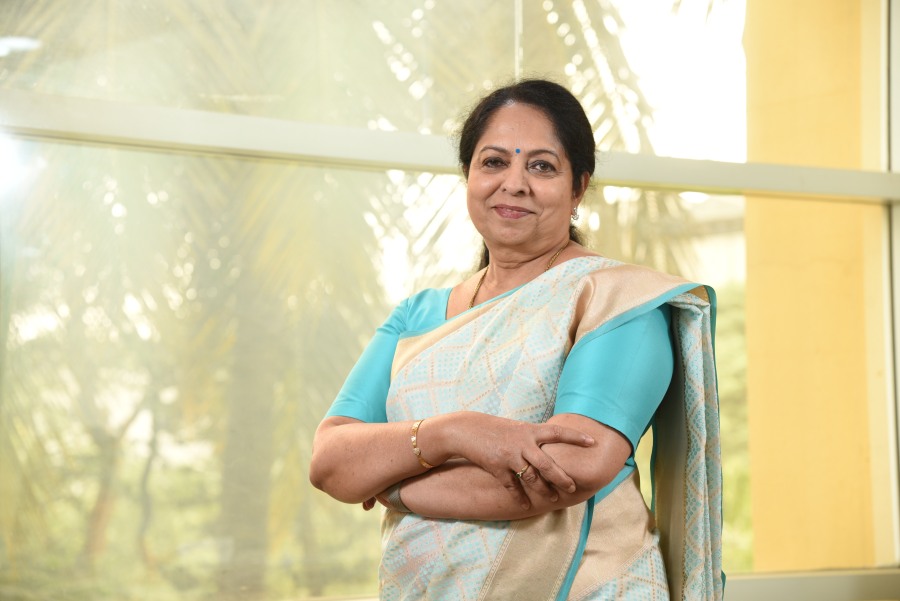
.jpg)

